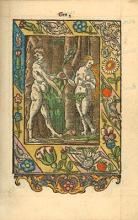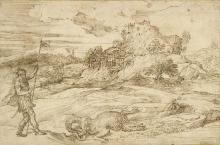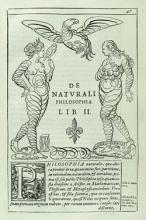Farewell To Finch
Submitted by Communications ... on Wed, 09/02/2015 - 6:21pmSpencer Finch's site-specific installation, A Certain Slant of Light was installed in Gilbert Court last summer, and the Morgan spent over a year in a technicolor glow. Check out this time-lapse video of the crew taking down this beloved installation.










